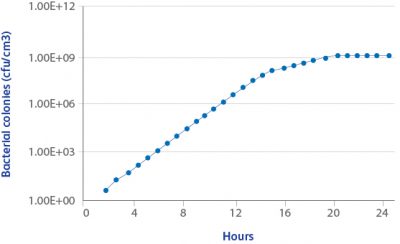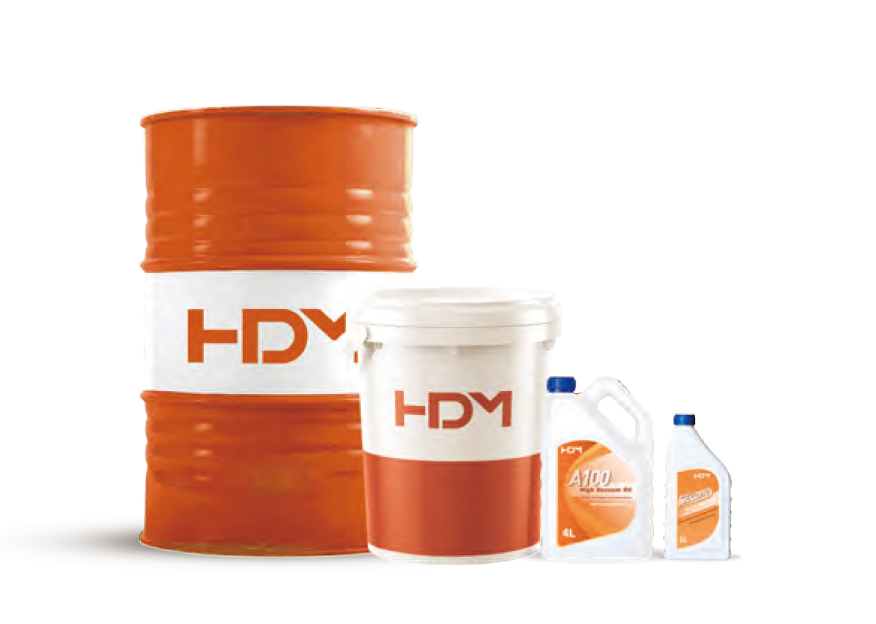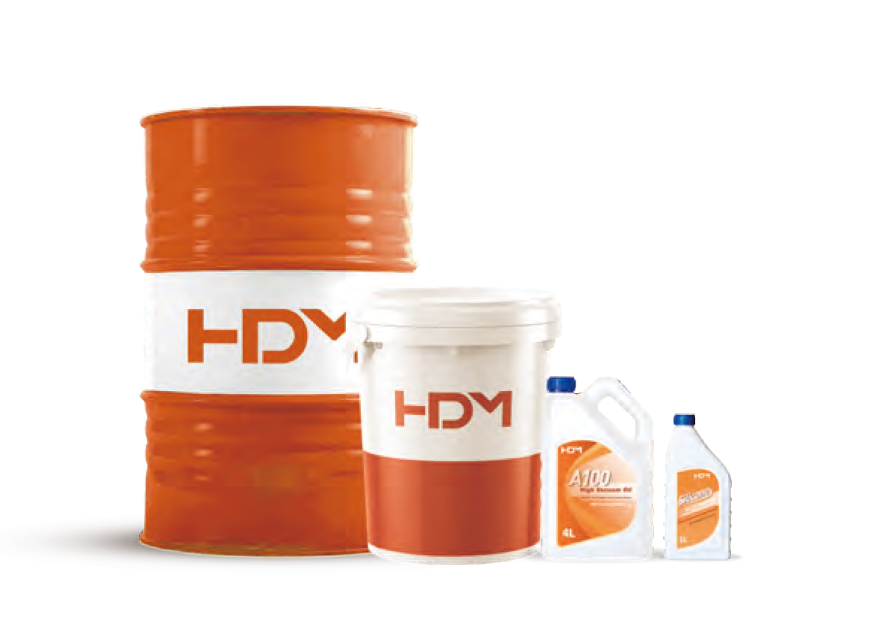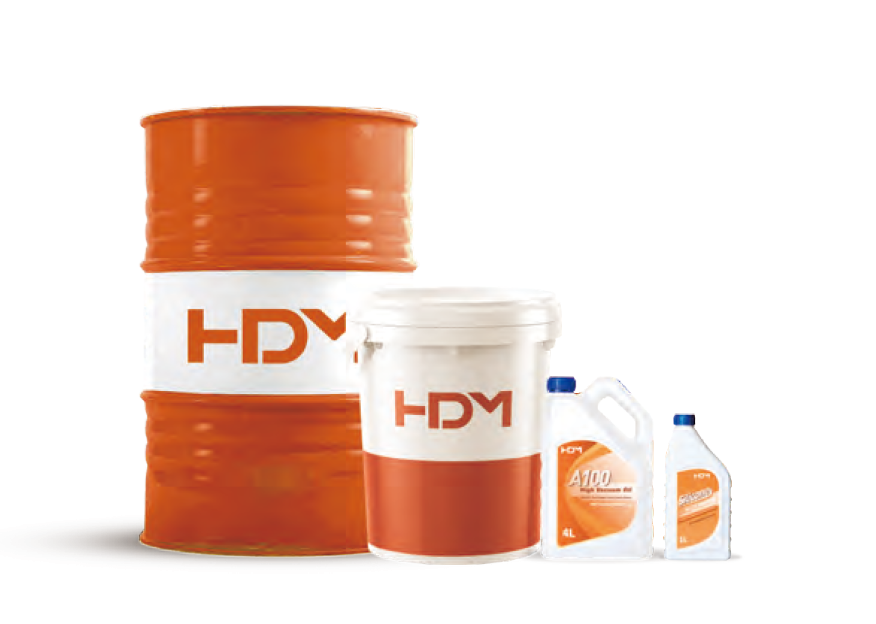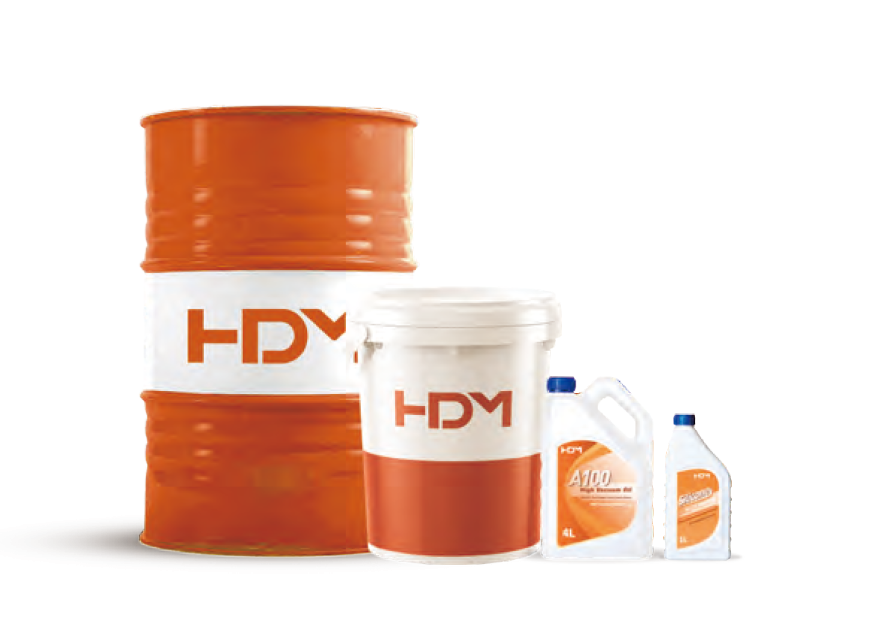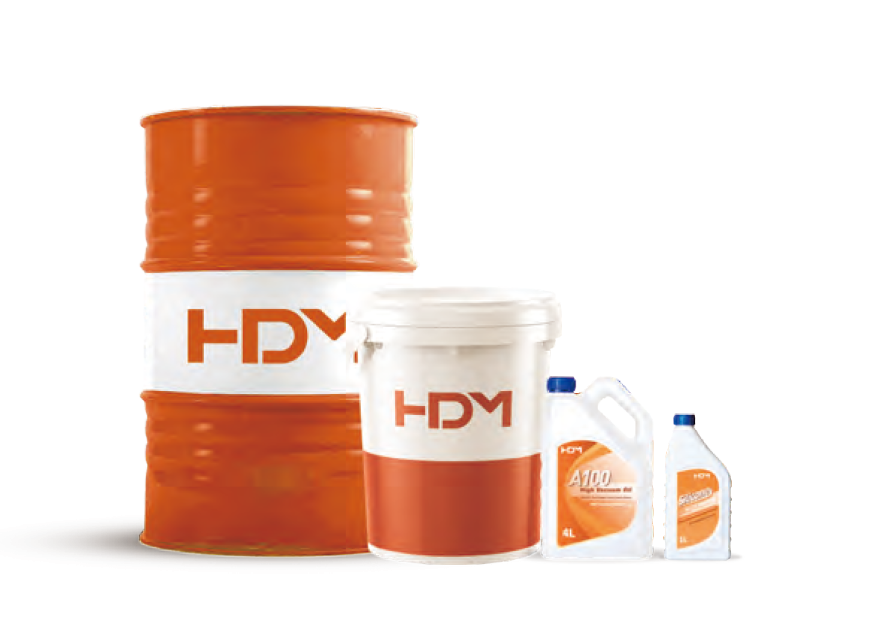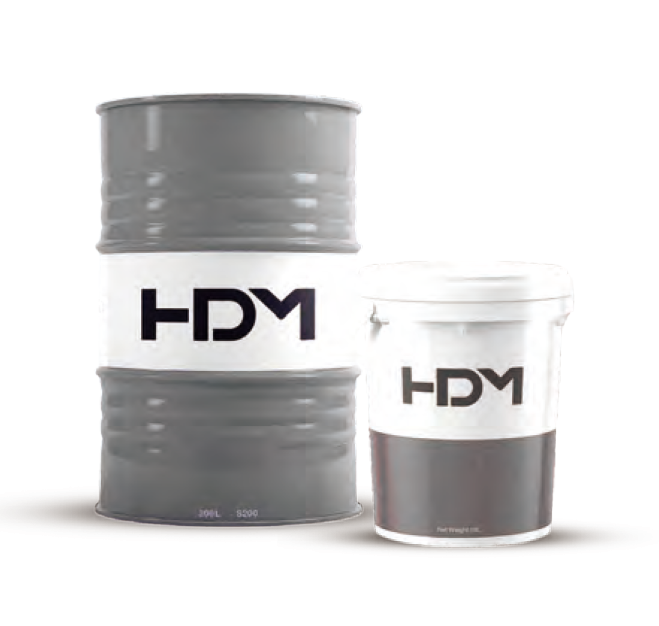Microorganisms can be defined as living organisms that can only be seen through the use of a microscope. The microbial world is extremely diverse, consisting of both unicellular and multicellular organisms. Of most interest to metalworking fluids are bacteria and fungi.
Bacteria
Bacteria are a large group of single-celled organisms, usually only a few microns long. Thousands of species of bacteria are known on Earth, and they can occupy every habitat on Earth, constituting the majority of the planet's biomass.
Common Bacteria in Metalworking Fluids
Aerobic bacteria
- Pseudomonas oleophores
- Pseudomonas aeruginosa
- Achromobacter
ANAEROBIC BACTERIA
- Escherichia coli
- Staphylococcus
- Bacillus cereus
- Clostridia
- Desulfovibrio (SRB)
Like all living species, bacteria rely on energy (light, chemical) and carbon sources (organic compounds, CO2) for their metabolism. Bacteria also require nutrients and favorable conditions, such as pH and temperature, to multiply. These conditions depend on the type of bacteria;
- Aerobic bacteria - need oxygen
- Anaerobic bacteria - do not require oxygen
Anaerobic bacteria include sulfate reducing bacteria (SRB's), which can be attributed to the strong, unpleasant odor of "rotten eggs." They also cause severe dark staining on machines and workpieces.
Bacterial Growth and Proliferation
Bacterial Growth vs. Time
Under optimal conditions, bacteria can divide every 10 to 20 minutes in logarithmic growth until a maximum sustainable population density (biomass) occurs.
Biofilm formation
Biofilms form when bacteria attach to surfaces and remain undisturbed. The secreted polymer traps other microorganisms and particles, forming a thin film. The film mixes microorganisms including aerobic and anaerobic bacteria in a highly stable environment that is difficult to penetrate.


